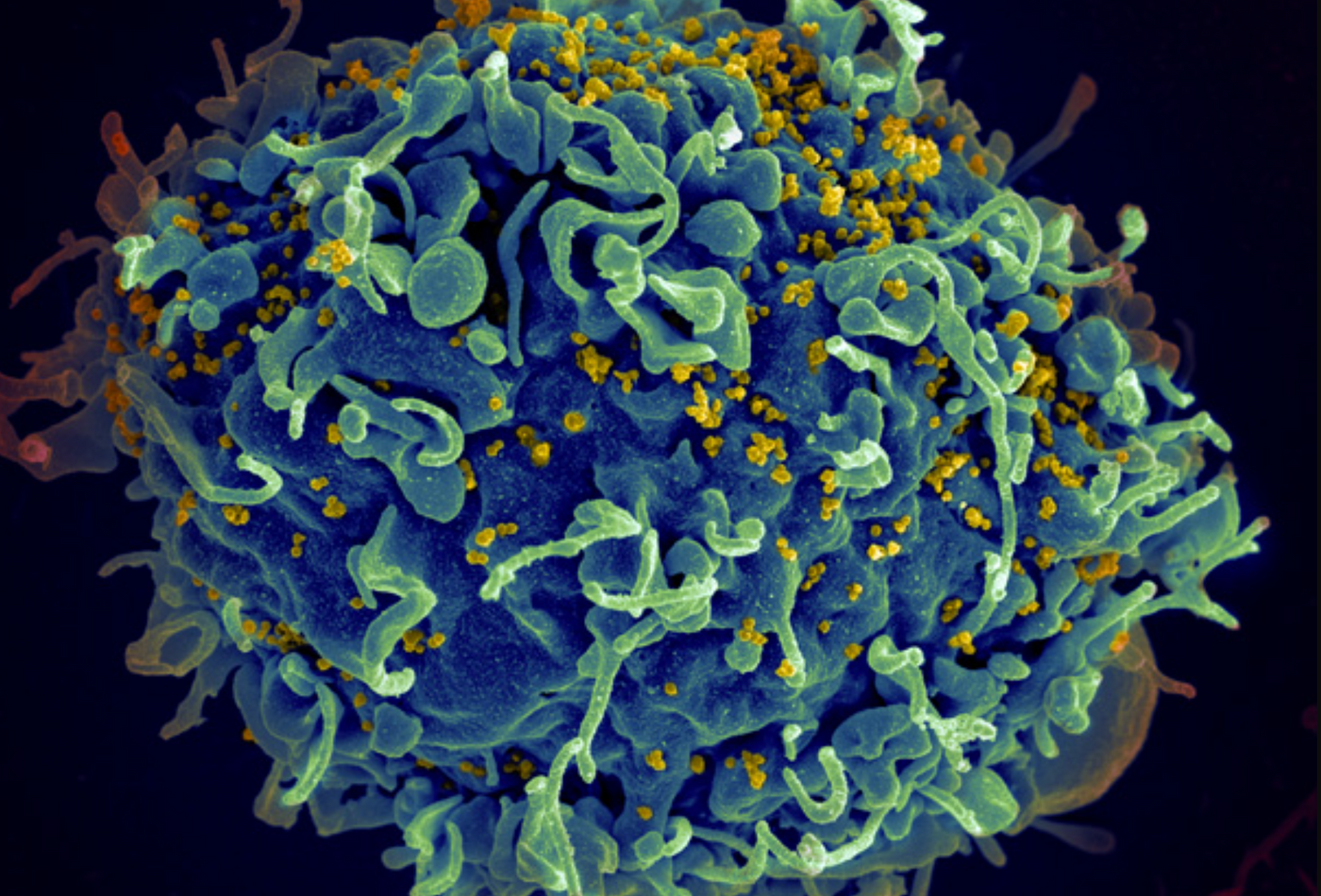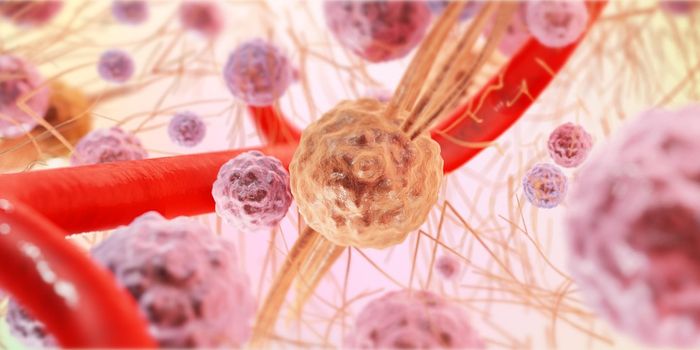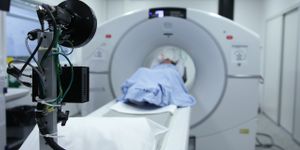The Key to Exposing Hidden HIV Reservoirs Discovered
HIV scientists have long sought to unravel the mysteries of viral latency – a stealthy tactic the virus employs to evade the body's immune defenses. Recent research from the University of North Carolina (UNC) School of Medicine, Chapel Hill, has uncovered the intricate interplay between antiretroviral therapy (ART), viral dynamics, and epigenetic reprogramming.
Crucial Insights into Antiretroviral Therapy (ART)
Antiretroviral therapy (ART), hailed as a cornerstone in HIV management, prevents host cells from producing the HIV virus. Plunging viral loads, also known as HIV viremia, to near undetectable levels, ART renders infection invisible to conventional tests. Strikingly, individuals with an undetectable viral load face negligible risks of transmitting the virus through intimate contact.
Unfortunately, discontinuing ART prompts a resurgence of HIV viremia from a hidden source, which evades the immune system.
Unveiling the Latent Reservoir and Its Challenges
The newly produced viruses originated from what scientists call a "latent reservoir" of infected CD4 host cells. HIV conceals itself within infected CD4 cells by covertly integrating its viral blueprint into the host cell's genes. The dormant viral form, called proviral DNA, perpetuates HIV replication across generations of CD4 cells.
Researchers have experimented with latency-reversing agents, hoping to unveil infected cells to the immune system. However, their efficacy remains a partial triumph, reactivating only a fraction of latent proviruses. Within this reservoir lies the crux of the battle against HIV eradication.
HDACs KEY To Silencing HIV Proviral DNA
A new study published in Cell Chemical Biology examined Histone Deacetylases (HDACs) as critical players in initiating latency. These enzymes orchestrate DNA transcription and silencing by modifying the protein spools DNA wraps around for storage. It turns out that deacetylases aid the transition of integrated proviruses to a latent state, trapping infected cells in a continuous state of viral gene hosting.
The study's authors advocate for a paradigm shift – targeting HDACs during ART initiation to thwart the establishment of a long-lived viral reservoir. HDAC inhibitors (HDACis) emerge as a potential guard, halting HDAC action and preventing the onset of HIV latency in CD4 T cells.
The Epigenetic Gambit: Preventing Entry into Latency
The novel strategy suggests prevention, rather than reversal, of latency by targeting chromatin-modifying enzymes like HDACs. The primary tactic would involve blocking the deposition of repressive epigenetic marks early in the infection process. This approach may prove more effective in hindering key mechanisms of reservoir maintenance.
Researchers envision a dual therapy approach with HDACis alongside ART initiation. This dynamic duo, they argue, could maintain viral gene expression, enabling enhanced clearance by the immune system.
Conclusion: A Glimpse into the Future of HIV Management
The study's findings shift our understanding of HIV latency: HDACs and epigenetic mechanisms stand out as major players. The new insight offers a potential breakthrough in the persistent battle against HIV and promises a future where the virus's attempts to hide are finally unveiled and disrupted. We are now closer to the ultimate goal of an HIV treatment which extends beyond mere suppression.
Sources: NIH,









